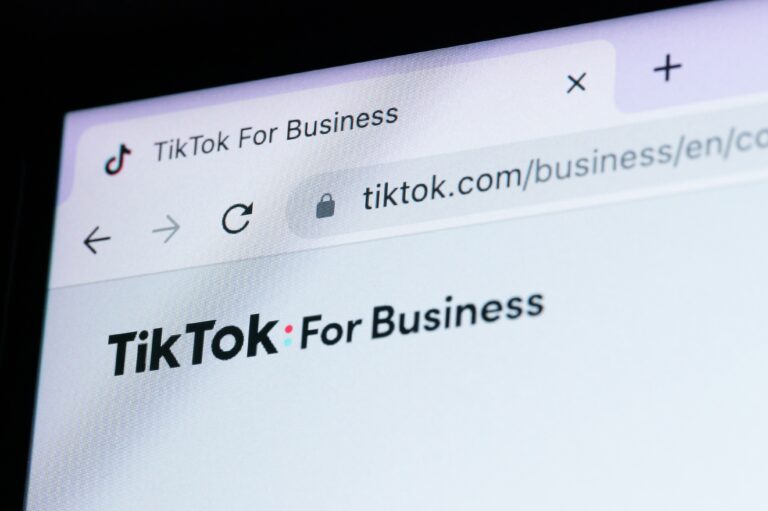Visualise the future and do it regularly.
I work with several organisations today and I enjoy doing an exercise where leaders close their eyes for one minute and visualise a detailed picture of their future. I learned this from professors at Harvard University last spring, when I took part in a workshop on how to build company strategy.
Why is this important? Their studies show that leaders who can visualise the future are about 30 percent more profitable and grow their companies nearly 200 percent more than those who do not. Not all leaders can pre picture the future (EFT – episodic future thinking). This tends to be more difficult for people who struggle with depression or anxiety. Those who carry too much on their shoulders, do not trust others and live in a constant state of worry and stress. Anxious people see the future as negative and unclear and positive scenarios, rarely spark motivation.
Another person who emphasises the importance of looking into the future is Peter Hawkins. He says that if you are solving only present problems today your company will not survive. You must have something that already serves the next generations. He also adds that if you do not have an idea that makes the world better, young people will not want to work for you. Think about what in your company today already serves the future. Mõtle, mis on Sinu ettevõttes täna see, mis teenindab juba täna tulevikku!
One of the most important competencies of a future oriented leader is the ability to recognise future demand and emerging trends beyond what already exists. Problems that are already here feel more comfortable to solve, because they seem practical and easier to handle. A sustainable leader sees further. They visualise the future regularly. They look for new signals and create them themselves, so that future generations can live in a safe, balanced world. This type of thinking affects how organisations act. When leaders operate with long term responsibility in mind, they naturally build stronger digital strategy, more authentic corporate branding and more thoughtful b2b marketing.
What Questions Should a Leader Ask?
Every day we talk about sustainability. About how companies are becoming more caring and how they have found ways to contribute to the wellbeing of the planet. At the same time I see that for many companies sustainability is simply a box ticking exercise to satisfy regulations, requirements and appear caring. Sustainability has become a new business category where companies purchase labels and certificates that do not necessarily reflect real change.
I am convinced that even the ESG (Environmental Social and Governance) will become increasingly regulated and heavily communicated. This alone will not bring meaningful change. Real change must happen in mindset, beliefs and habits.
We must reach a place where people understand that their actions matter. When comparing responsibility toward one’s own plate, versus responsibility toward the world, the scale leans heavily toward self interest. I often hear phrases like “the most important thing is that my company makes a profit.” Yes, it is and profitability is one of the signs of a healthy company. But few ask themselves why the profit is made in the first place. Should your company even exist if it only enriches the owner or if it harms the environment, creates social damage or fuels negativity?
Perhaps the right question is what problem am I solving in the world through my business? Answer that question first, and then think about how to solve the problem in a profitable way.
This brings us to the conclusion that everything starts with leadership and the leader’s capacity for long term thinking.
The Worldview Can Be Changed in Two Ways
1. By creating new demand
A leader can take the initiative and shape thinking in a way that proves the new demand benefits people and future generations.
2. By consumers demanding better
Consumers can influence leaders’ thinking by showing dissatisfaction when products or services do not serve the greater good.
We think too little about what we will leave behind. We too rarely ask, does my work create value for future generations and how?
Creating a Sustainable Culture and Taking Responsibility
Raising the topic of sustainability and turning it into part of company culture requires effort. This process takes time and consistency. Culture, that we as leaders shape daily is deeply connected to beliefs. Beliefs determine behaviour and we know that changing beliefs is hard. If I believe that nothing depends on me then I will most likely not change anything in my behaviour. This also applies to sustainability.
How to Help a Leader Believe They Are Responsible for the Future?
I think many companies do not know how or do not want to answer the uncomfortable question: “what value do I create for future generations?” because the answer may not be pleasant. What if the answer is “I do not create value”? And what then? The answer is simple: look for a new business model, look for new demand.
A sustainable leader is a visionary who leads their company with economic, social and environmental responsibility in mind. Their decisions are not based solely on profit but on long term value.
A sustainable leader knows that responsibility for the future starts with themselves.
We often hear that we must reduce our environmental footprint but what about the footprint of leadership? In reality it does not matter whether the footprint is big or small as long as it makes the world better. In today’s technological era where fear of the future is widespread it is even more important that the world rests in the hands of good responsible leaders.
I recently read an article by Natalie Chladek in Harvard Business Review about sustainable leadership. It highlighted several interesting recommendations and facts:
- Be purpose driven
HBR notes that about 89 percent of leaders believe that a shared mission increases employee commitment significantly. 85 percent of employees are more likely to recommend the company if it contributes to a greater good. Create an organisation that benefits the world, not one that simply pays salaries. - There is a new demand for sustainable products
Studies show that millennials are willing to spend more on socially responsible products. If your business takes responsibility you can gain new segments and grow market share. A study from 2019 already showed that 73 percent of global consumers are willing to change their purchasing habits if it is sustainable. - Collaborate
It is difficult to influence the big picture alone. Build a strategy that serves future generations. It also protects you from reputation damage.
All of this supports the earlier message.
The Footprint of Leadership Is the Most Important Footprint in the World
I believe that changing leaders’ behaviour and mindset is one of the most important factors in creating a more sustainable future. The leadership footprint, how leaders make decisions and guide people – can be either world improving or harmful. In a technological era where fear about the future is common it is even more important that the world is led by good and responsible leaders.
Every leader should ask: what kind of world am I leaving behind for my children and grandchildren?
Author: Kristiina Tukk, Partner at Nobel Digital









